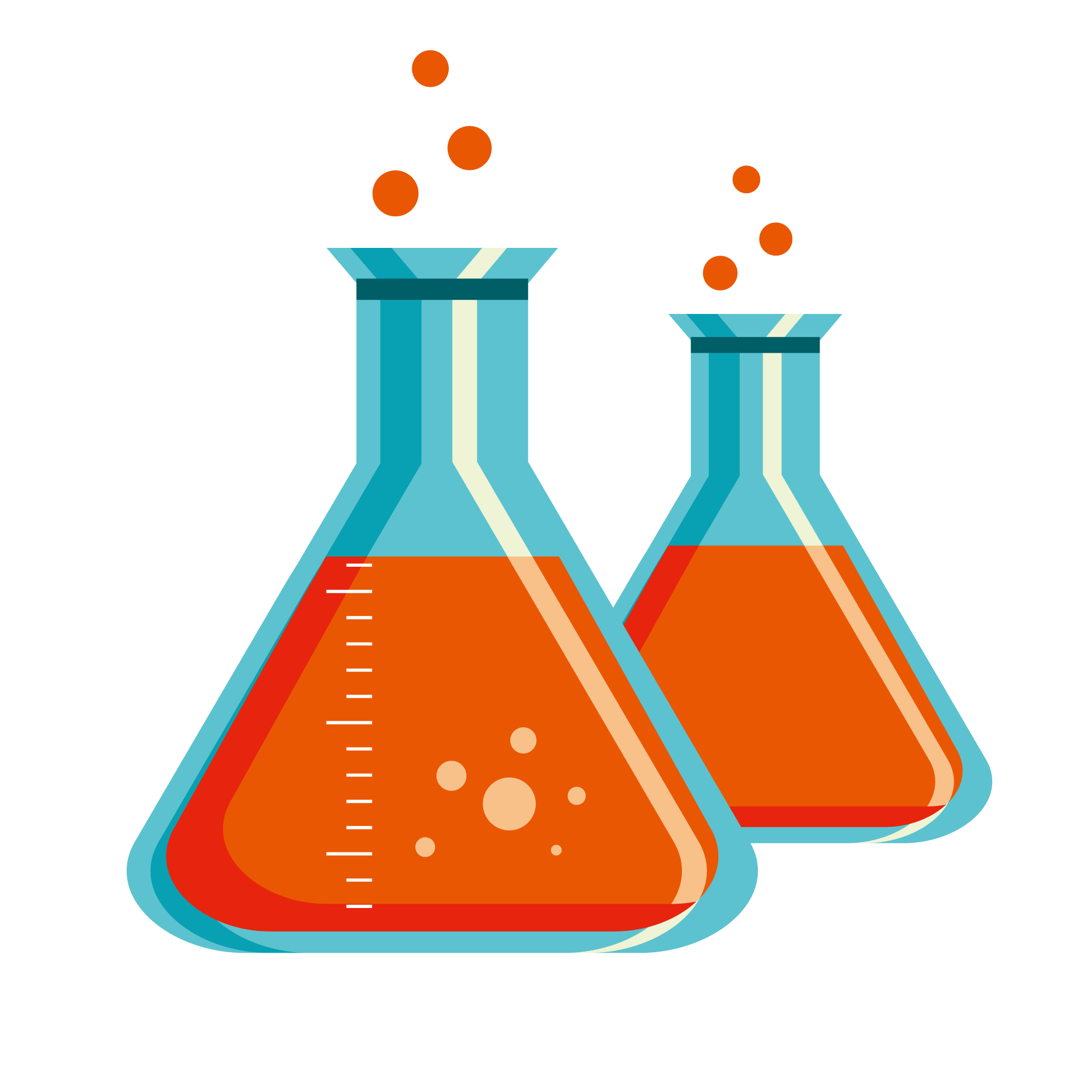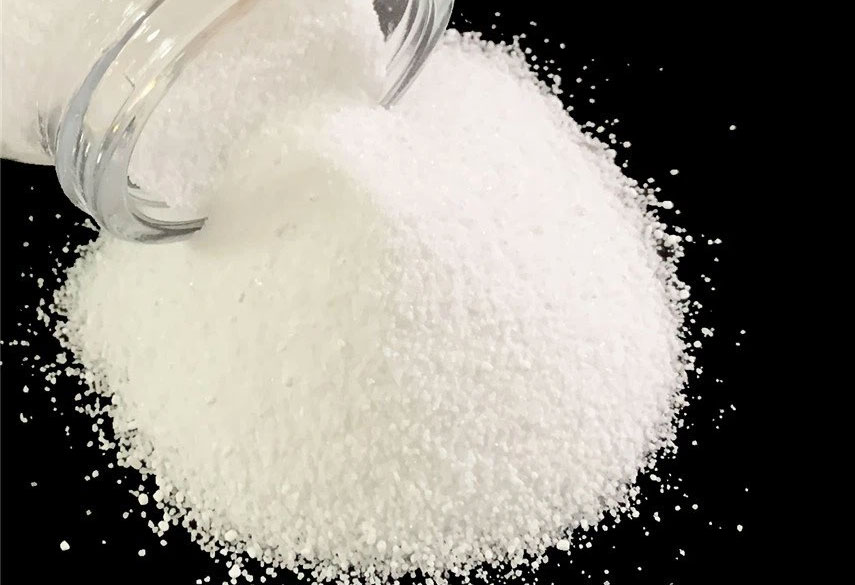In the dynamic landscape of industrial processes, Ethylenediaminetetraacetic Acid, commonly known as EDTA, stands as a versatile and indispensable compound. This buyer’s guide aims to shed light on the pivotal role EDTA plays in diverse industries, offering insights into its applications and guiding principles for making informed purchases.
EDTA’s significance extends across a spectrum of industries, finding application in metal chelation, water treatment, and beyond. As a chelating agent, EDTA excels in forming stable complexes with metal ions, preventing undesired reactions and enhancing the quality of end products. From manufacturing processes reliant on precise metal ion control to water treatment facilities aiming for optimal efficiency, the versatility of EDTA is a driving force in achieving operational excellence.
When venturing into the procurement of EDTA, several considerations play a crucial role in ensuring the selection of a high-quality product. Purity levels, the specific type of EDTA (such as Disodium or Tetrasodium), and adherence to industry standards are paramount. This guide will delve into these factors, providing buyers with the knowledge needed to make informed decisions and source EDTA that aligns seamlessly with their industrial requirements.
Types of EDTA
Ethylenediaminetetraacetic Acid, or EDTA, is available in various forms, each tailored to specific applications across industries. Here are some common types of EDTA:
- Di Potassium EDTA: This variant of EDTA contains potassium ions and is utilized in applications where potassium compatibility is crucial. It finds applications in agriculture, food processing, and certain specialized industrial processes.
- Di Sodium EDTA: Di Sodium EDTA is a widely used form of EDTA, known for its effectiveness as a chelating agent. It is utilized in various industries, including cosmetics, pharmaceuticals, and water treatment, to control metal ion reactions and improve product stability.
- EDTA Acid: EDTA Acid is the free acid form of EDTA, lacking any metal ions. It is a versatile option, commonly used in laboratory settings and as a raw material for manufacturing other EDTA salts.
- Tetra Sodium EDTA: Tetra Sodium EDTA is an EDTA salt with four sodium ions. It is recognized for its stability and is often employed in the formulation of cleaning products, detergents, and personal care items for its effective chelating properties.
- Tri Sodium EDTA: Tri Sodium EDTA, containing three sodium ions, is another prevalent form of EDTA. Its applications span across industries such as textiles, pulp and paper, and water treatment, where its chelating abilities contribute to improved processes and end-product quality.
Understanding the distinctions between these types of EDTA is crucial for industries seeking to optimize their processes based on specific needs. Whether it’s for metal ion chelation, water treatment, or other applications, choosing the right type of EDTA ensures optimal performance and efficiency in various industrial settings.
Industrial Applications of EDTA
Ethylenediaminetetraacetic Acid (EDTA) plays a pivotal role in various industrial applications, offering its unique chelating properties and versatility to enhance processes across diverse sectors. Here are some key industrial applications of EDTA:
- Metal Chelation in Manufacturing: EDTA is widely employed in manufacturing processes where precise control over metal ions is crucial. It acts as a chelating agent, forming stable complexes with metal ions to prevent undesired reactions, improve product quality, and enhance the overall efficiency of manufacturing operations.
- Water Treatment and Conditioning: In water treatment facilities, EDTA is utilized to control the adverse effects of metal ions present in water. It helps prevent scale formation, reduces water hardness, and improves the efficiency of processes such as ion exchange and reverse osmosis, contributing to the longevity of equipment.
- Cosmetics and Personal Care Products: EDTA is a common ingredient in cosmetics and personal care items, serving as a stabilizer for formulations. It helps maintain the integrity of products by preventing the deterioration caused by metal ions, contributing to longer shelf life and improved product performance.
- Pharmaceuticals and Medical Applications: In the pharmaceutical industry, EDTA finds use as a chelating agent to stabilize certain medications and enhance their efficacy. It is also employed in medical diagnostics, such as in chelation therapy for metal poisoning, showcasing its importance in healthcare applications.
- Textile and Pulp Industry: The textile and pulp industries utilize EDTA for its chelating properties in processes like dyeing and bleaching. By controlling metal ions, EDTA contributes to consistent coloration and improved quality in textile products.
- Agriculture and Soil Remediation: EDTA is employed in agriculture for soil remediation purposes. It aids in the removal of heavy metals from soil, mitigating the impact of metal contamination and creating a more favorable environment for plant growth.
Whether it’s ensuring product stability, improving water quality, or enhancing manufacturing efficiency, EDTA proves to be an invaluable tool for industries striving for excellence in their operations.
Choosing the Right EDTA for Your Industrial Needs
Selecting the appropriate Ethylenediaminetetraacetic Acid (EDTA) for your industrial requirements is a critical decision that directly impacts the efficiency and success of your processes. The following considerations guide the selection process:
- Application-Specific Requirements: Identify the specific application or industrial process for which you require EDTA. Different forms of EDTA, such as Di Potassium EDTA, Di Sodium EDTA, EDTA Acid, Tetra Sodium EDTA, and Tri Sodium EDTA, offer unique properties suited for various applications.
- Chelating Efficiency: Evaluate the chelating efficiency required for your process. Consider the metal ions involved and choose the EDTA variant that demonstrates optimal chelating properties to meet your specific needs.
- Purity Levels: Assess the purity levels of the EDTA product. Depending on your industry standards and application requirements, high purity EDTA may be necessary to ensure the effectiveness of the chelation process.
- Water Solubility: Consider the water solubility of the EDTA variant. This is particularly crucial in applications such as water treatment, where solubility influences the ease of incorporation into the system.
- Environmental and Regulatory Compliance: Ensure that the chosen EDTA complies with environmental regulations and industry standards. This is vital for maintaining sustainability and meeting regulatory requirements in your industrial operations.
By carefully considering these factors, you can navigate the complex landscape of EDTA options and choose the variant that seamlessly integrates with your industrial processes, optimizing performance and contributing to the overall success of your operations.
Vinipul Inorganics India Pvt. Ltd: A Trusted Supplier for EDTA
Vinipul Inorganics India Pvt. Ltd. stands as a distinguished leader in the production, supply, and distribution of EDTA. With an unwavering commitment to quality and a global presence, the company has earned a reputation for excellence in the industry. Our extensive expertise and reliability have made us a trusted partner across various sectors, including agriculture, chemical manufacturing, glass production, and cosmetics. As a cornerstone in the EDTA supply chain, Vinipul Inorganics plays an instrumental role in advancing industries on a global scale. Our dedication to quality and innovation paves the way for a promising future in chemical manufacturing, solidifying our position as a trailblazer in the field. Contact Us Today!




